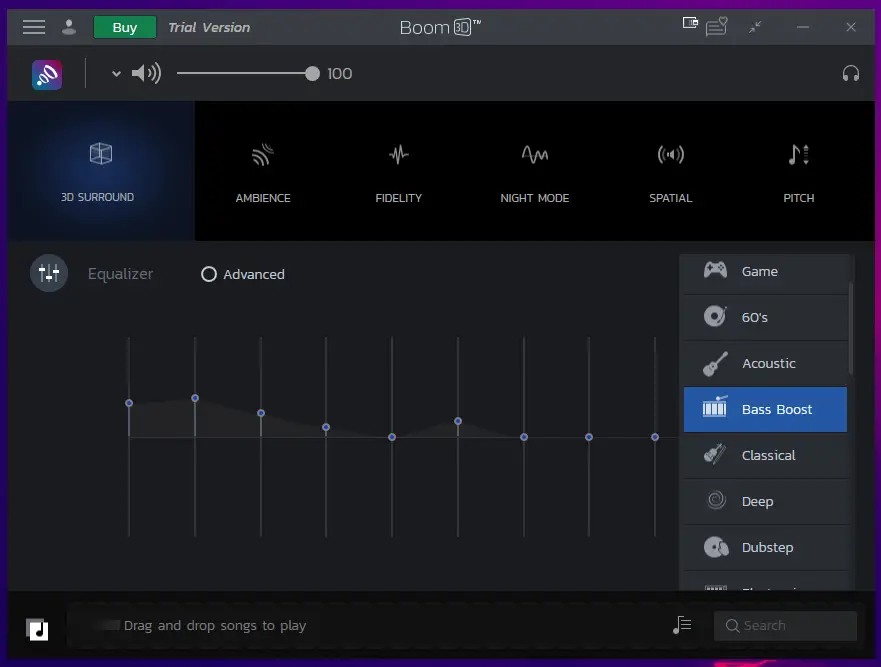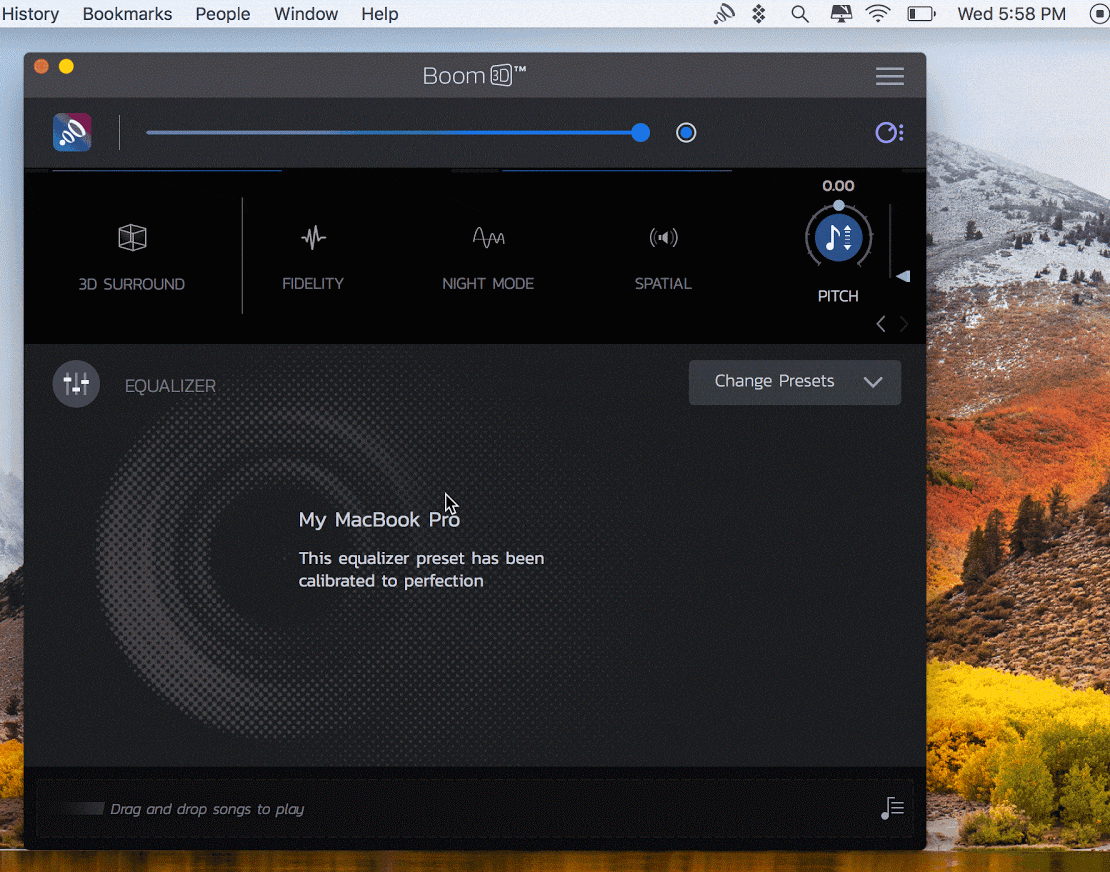
If you're recording a monologue or interview-type podcast in a room or office in a home, a dynamic mic is what you'll need. Microphones are one of the most important elements of quality audio but podcasters and content creators will not need fancy, expensive ones.

Quality audio content isn't all about making yourself sound good but it is more about engaging your audience.

In the same way good websites and blogs attract and keep readers, good quality will attract and keep listeners around.
#Boom 3d best settings for music how to
How to achieve professional-sounding audio quality when recording? Listen to your recording multiple times and once you're good to go, start the real recording. To finish off the settings adjustment, you should do a test and make sure that everything is okay. Do a test to make sure everything is alright You can even make sure that there is no background noise. If you plug in the headphones at the bottom of the microphone, you can listen to yourself when recording and check if you're satisfied with the volume and distance. It will be convenient if you go with the adjustment of a good distance.
#Boom 3d best settings for music manual
All you've got to do is play with the manual gain knob. This way you'll be able to adjust the overall volume of your sound recording and you won't have to raise your voice too loud. The next rule is to adjust the gain using the rear knob. You should know that the Blue Yeti mic is also made to be positioned right in front of you when you're recording and you don't need to talk into the top of the microphone as you'll usually do with other microphones.

You will need to adjust a bit to get the right distance. The second important thing to keep in mind is that you should sit at the right distance.įor instance, if you're at a good distance but if you slightly move away a little, your sound will be low and if you sit too close, you will be too loud. The last mode is the bi-directional mood, which will give you a good sound recording during face-to-face interviews. It is practical when you're recording a discussion on a table with multiple people or when you're looking to capture ambient sounds. The third mode is called the omnidirectional mode and it allows a 360-degree sound recording. The second mode is a practical Stereo mode that is used for recording ASMR or music, where you'll need to have a differentiation between the left and right channels. This is the mode you'll use when you're recording podcasts or audio content. The first one is called "Cardioid" and it is made for recording when you're alone. Important rules to keep in mind when you are using the Blue Yeti mic How to achieve professional-sounding audio quality when recording?.



 0 kommentar(er)
0 kommentar(er)
